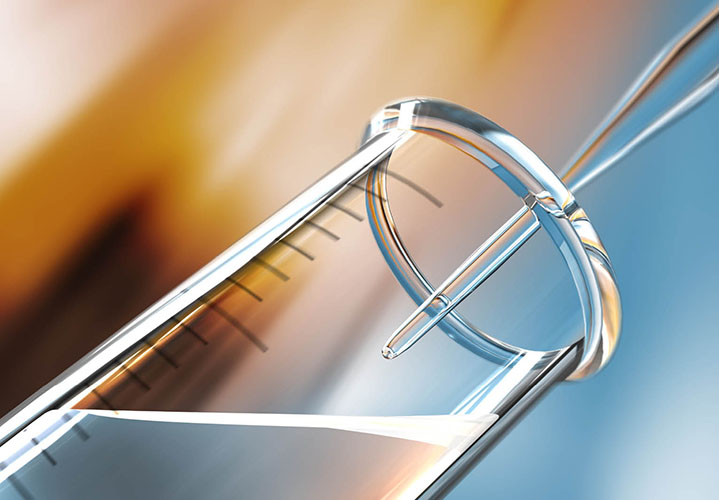How far should a patentee who makes a ground-breaking invention involving a principle of general application be able to monopolise future developments in the field? This question is at the heart of a recent Supreme Court decision[i] involving transgenic mice.
Background
The claimant, Regeneron, owned patents which described a technique for producing human antibodies using transgenic mice. It was the first company to develop a hybrid genetic structure containing both mouse and human elements. This hybrid structure could be fitted into mice enabling them to develop antibodies that would not be rejected when used in humans (due to the human element).
To date, the potential uses of these antibodies for treating human disease have been well recognised and several antibodies have been developed and approved. The invention could even be used to attempt to generate antibodies for treating coronavirus.
The problem for Regeneron
The effectiveness of the hybrid genetic structure increases when a greater human element is used (in proportion to the mouse element). However, at the priority date of the patent, research was at an early stage and Regeneron was only able to actually make a type of mouse containing a very small part of the human material in the hybrid structure. Nevertheless, it sought to patent any mouse containing the structure, regardless of the amount of human generic material used.
Later, Kymab Ltd (“Kymab”) began developing mice with a hybrid structure containing a far greater amount of human genetic material, which it branded Kymice. Regeneron sued Kymab for infringement of its patents.
Kymab responded by alleging Regeneron’s patents were invalid for insufficiency. The principle of sufficiency in patent law requires that, when combined with the knowledge already available to the public, the information filed with the patent (the “teaching”) must be detailed enough to enable a skilled person or team to make the full range of patented products claimed.
Court of Appeal – a principle of general application
The Court of Appeal decided that Regeneron’s patents contained sufficient information for a skilled person to insert a small amount of human material into the genes of the mice (as Regeneron had already done at the time of filing the patent). The patents did not, however, explain how to create the many different types of hybrid mice that would be created by using the full range of human genetic material which Regeneron had claimed. Indeed, at the priority date of the patent the development of these mice lay in the future. Nevertheless, the Court of Appeal held that the patents were sufficient and therefore valid because Regeneron’s invention embodied a principle of general application which would apply to all these yet-to-be developed mice.
Kymab appealed the decision to the Supreme Court.
Supreme Court – back to basics on sufficiency
The question for the Court was: where a patent claims a monopoly over a range of products, must the teaching in the patent be sufficient:
- to allow all classes of product within the scope of the patent to be made, or
- to allow only some classes or types of product within the relevant range to be made?
The Supreme Court allowed Kymab’s appeal by a majority of four to one, deciding that the patents in question were invalid for insufficiency. The fact that a principle of general application was involved did not save the patent
The patent bargain
The Supreme Court highlighted that a patent forms a bargain between the inventor and the public: the inventor holds a monopoly over the invention while its patent is valid; in return the patentee must give the public (through the explanation in the patent document) the know how needed to use the invention after the patent has expired. In order to uphold this bargain, the Supreme Court concluded that the description in the patent must allow a skilled person to make the whole range of products over which the patentee has been granted a monopoly. The patent in question had granted Regeneron a monopoly over all mice fitted with a hybrid antibody genetic structure, far beyond what it – or anybody – knew how to make at the priority date.
The case highlights the importance of ensuring that the description in the patent enables a suitably skilled member of the public to make the full range of products which the patentee claims a monopoly for – in this case all the different types of hybrid mouse. This is a well-established principle in patent law, but one which can be problematic in cases where – as here - scientists seek to patent research at an early stage. The question whether the Supreme Court has set a fair bargain in this respect will no doubt continue to be a lively subject for debate.
[i] Regeneron Pharmaceuticals Inc. (Respondent) v Kymab Ltd (Appellant) [2020] UKSC 27 24.06.20

 Charlotte Tillett
Charlotte Tillett Elena Cafora
Elena Cafora